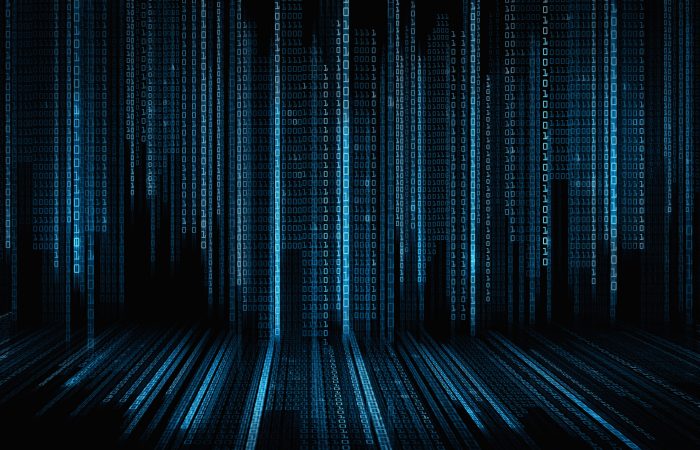When we walk into our dark bedroom, we don’t much think about how the lights turn on. We flip the switch and all we care is that the dark is banished. Our scientists think about how this works behind the scenes. We are researching and developing control methods to manage the future of Distributed Energy Resources almost everywhere, such as roof-top solar, community solar, and distributed wind energy storage.
Much like the light example above, we don’t much think about the complexities of Walmart’s global supply chain when we go to buy a pair of sneakers. We also don’t think much about the genesis of the price rollback sign.
Underneath the decision to rollback prices is a complex dance between supply and demand across the entire globe. If oil prices increase because of unrest in the Middle East the plastic’s components increase in price. If the delivery of sneakers by Walmart’s supplier is delayed due to a dock strike and there are no sneakers in the store you go next door to Sears (if Sears is still in business then). This is all an intricate network of supply and demand that determines the price of the sneakers and if you will even buy them. If they are expensive you go someplace else if they are cheap you may buy two pairs.
 Electricity distribution is much the same in considering supply and demand. On very warm days the price may be very high like back on September 3, 2018, in New England where the spot price of power was 30 times normal for a very short period of time. Alternatively, when we have a bright sunny day price can be very low and sometimes negative because there is more generation then the system can handle.
Electricity distribution is much the same in considering supply and demand. On very warm days the price may be very high like back on September 3, 2018, in New England where the spot price of power was 30 times normal for a very short period of time. Alternatively, when we have a bright sunny day price can be very low and sometimes negative because there is more generation then the system can handle.
This occurred, on April 21, 2018, prices went negative because there was so much solar production on the New England electrical system that the net load in the middle of the day was actually lower than the load at night and shown in the graphic. At this time baseload generators (the ones that are most expensive to turn on and off quickly) had to be curtailed. Curtailment in this example means that the power from the plant was wasted.
 Now imagine an electrical system that could absorb and store renewable energy. For example, use excess solar to heat homes at the right times and when there is not enough generation from the solar, certain loads could be turned off.
Now imagine an electrical system that could absorb and store renewable energy. For example, use excess solar to heat homes at the right times and when there is not enough generation from the solar, certain loads could be turned off.
When there are not enough shoes the price goes up which either makes you wait to buy or the shoe company makes more. When there are lots of shoes the manufacturer ceases production and you might say, “Great, it’s a good time to buy.” This is the principle of transactive energy controls, millions of devices in the system are making decisions based on supply and demand.
Our software enables the electrical grid to be responsive to both your needs and the needs of the entire grid. We like to say that our transactive energy control systems “think globally and act locally”.



